SRO’s On Campus; Flawed Solution to Violence
SVHS has recently faced the issue of consistent and persistent fights. In order to resolve the issue, the School Board has considered re-introducing a School Resource Officer, also known as an SRO to supervise the campus.
Before 2019 the school had a SRO who was a trained and uniformed sheriff who carried a gun. Veteran campus supervisor Bebe Bartos reflected on a past SRO, noting that, “…he was collecting [students] off the streets and …bringing them into the office.”
The topic of an SRO is a nuanced issue because of the deeply rooted racial tensions between police and minorities. With 63% of students being people of color, many are concerned about their future safety on campus with an SRO.
According to an analysis of the U.S. Department of Education done by the Center for Public Integrity, in California, overall four students are referred to law enforcement for every 1,000 students enrolled. For black students, the number jumps to 10.8 per 1,000 enrolled. This disparity in data supports the unacceptable impact of institutional racism when law enforcement is introduced into the school system.
A School Resource Officer should not be introduced to SVHS because it will negatively affect campus culture. There are better methods to counteract physical fights on campus that will not introduce new tensions between students and administrators, especially regarding such a complex issue as racial inequality within policing.
Tiana Harris, junior, explained her fears revolving SRO’s on campus when she acknowledged that, “…personally being a black lady… I think the worst of things. If someone’s gonna have a gun on campus, [who is] supposed to be helping us, what is stopping him from doing anything …[these issues are] the whole reason the BLM movement is happening!”
According to ACLU Washington, black students are disproportionately subjected to violent tactics used by SROs such as, “”pepper spray, tasers, pain compliance techniques, use of police batons, hitting, kicking, slamming, and choking. These techniques are, “too harsh for detention facilities, and yet, these tactics are used against students in schools.”
One SVHS teacher was physically harmed while attempting to break up a violent fight last school year. The teacher argues that we should have an SRO on campus because teachers did not go into education to break up fights. They explained that, “we did not become teachers to do that” but that, “police officers were trained for it.”
Seniors who had an SRO on campus their freshman year noted that it was their most violent year. This can be attributed to the fact that police address issues with discipline and violence, thus the effect they have on campus culture inherently increases tensions.
According to Marilyn Mahusky, staff attorney for the Disability Law Project at Vermont Legal Aid, police create these tensions when placed on campus because it is what they are trained for, “they demand that the behavior stop, and if it doesn’t, you’re charged, you’re arrested.”
There are other, more effective ways to increase safety on campus and not harm vulnerable students.
When asked about how the administration is tackling the issue of frequent physical fights on campus, Ms. Kiss described that if she is, “alerted to something early” she is able to “talk with students individually and come to some sort of resolution” before the conflict reaches the level of physical violence.
Additionally, introducing more counselors and social workers will help solve conflicts before they become violent. According to ACLU Washington “a team of skilled professionals” would be most beneficial in “[providing] necessary support” rather than “police referrals, arrests, and juvenile court.”
Social supports in communities and specifically schools will effectively get to the root of conflicts between students before they devolve into violence, a more efficient solution than subjecting students to the escalation of police involvement, and for students of color – discrimination.

As the editor, my goals include reimagining our social media presence and encouraging the creativity of all of our writers. Among my passions are studying...

Hey there Dragons! This is my second year in newspaper, and I am so excited and driven to listen to all your awesome stories! I am this year's Op/Ed editor....


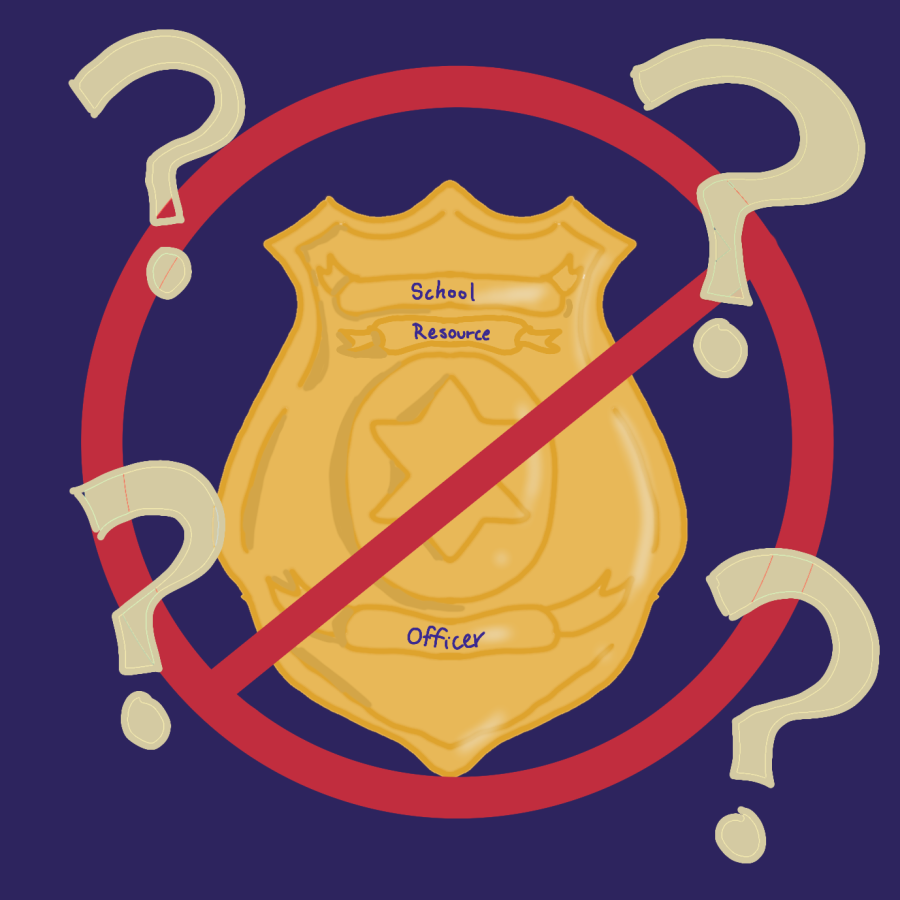
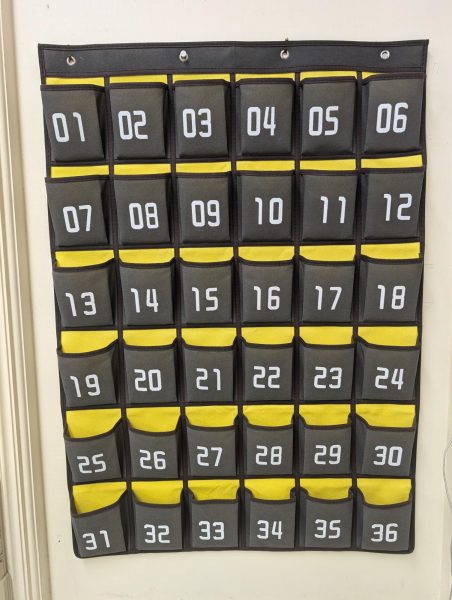
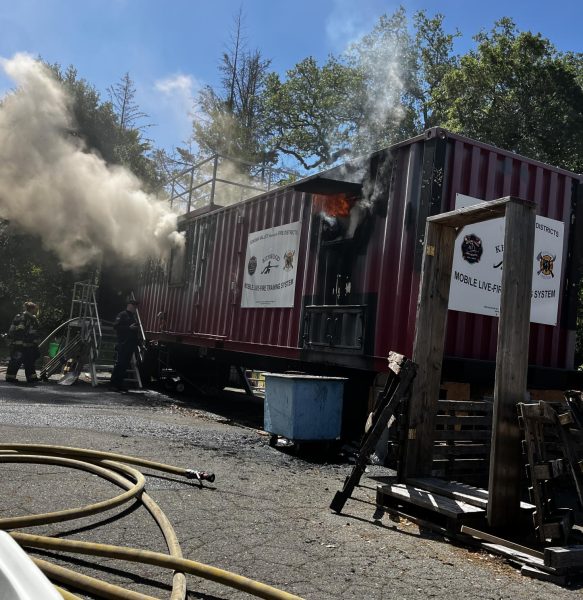
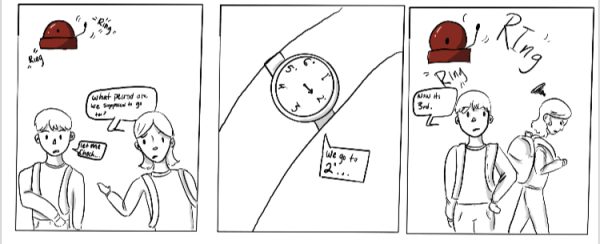

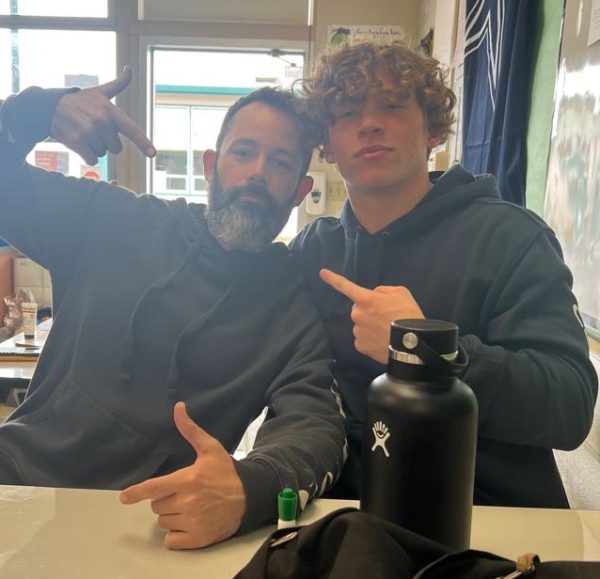
Emma • Aug 17, 2023 at 12:50 pm
This opinion piece is very well written and showcases very important facts